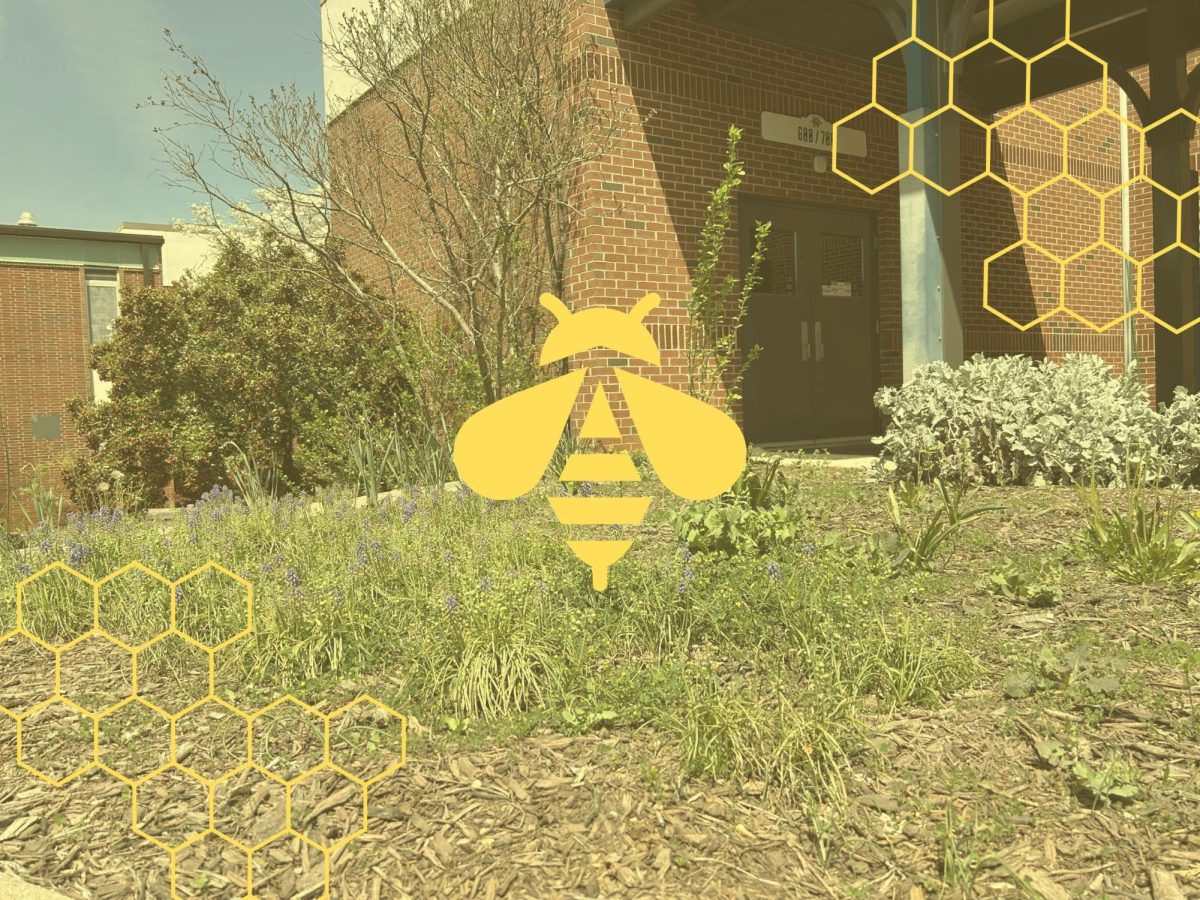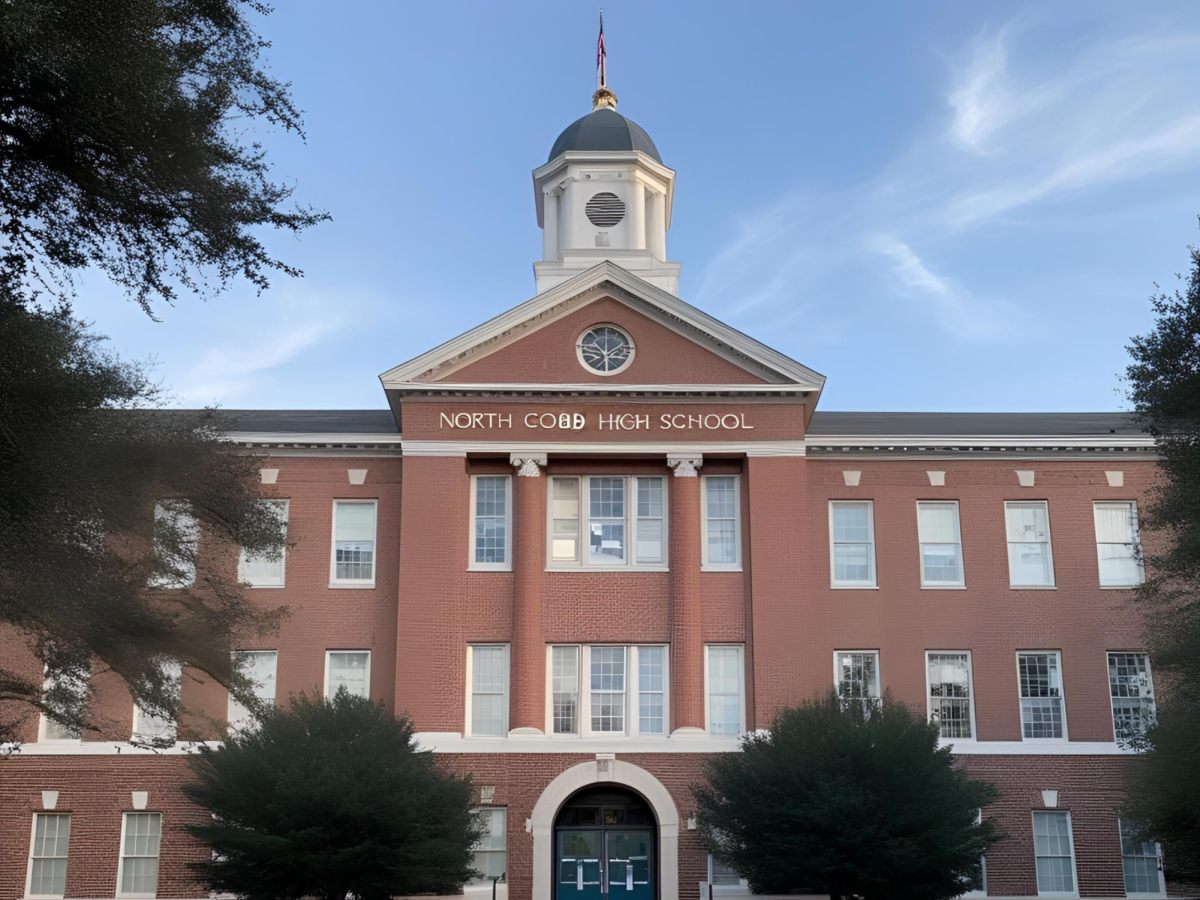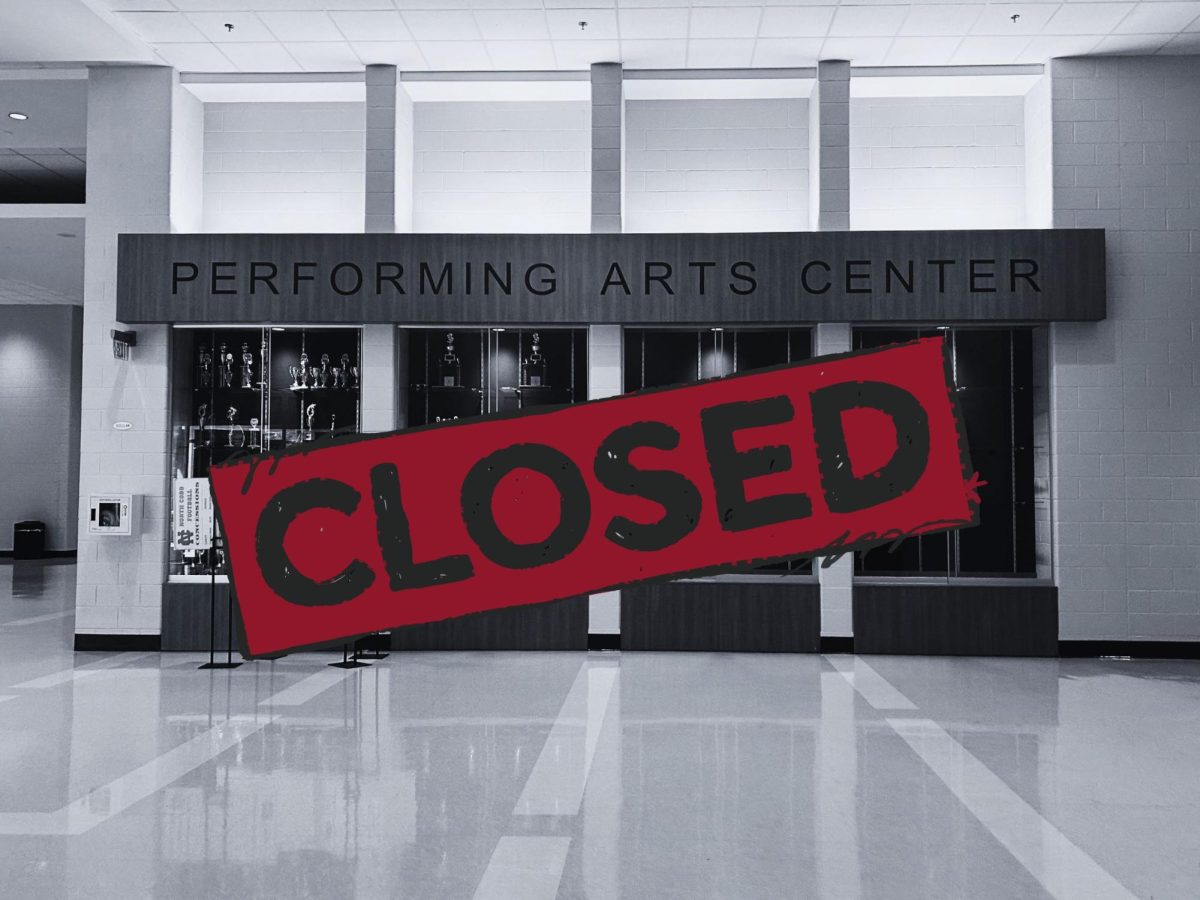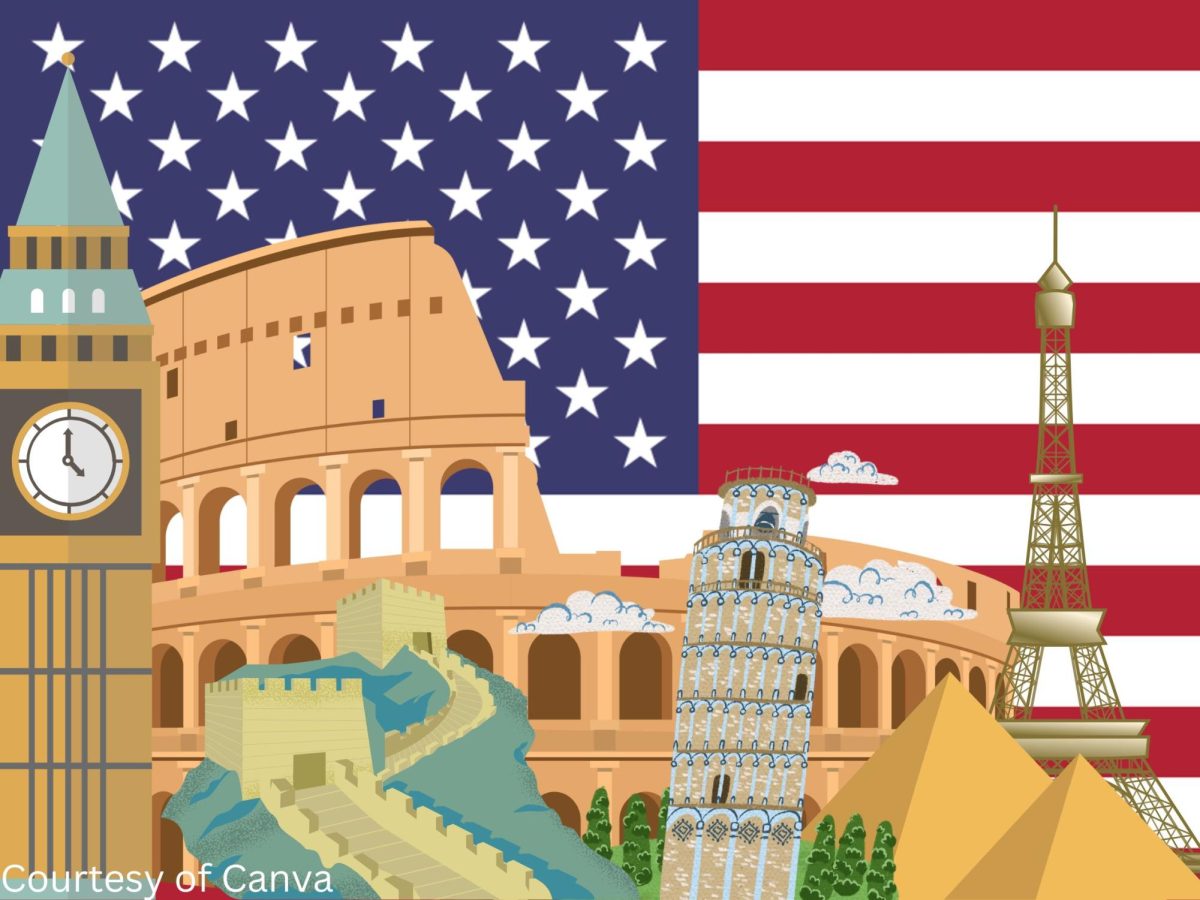Taking the Southeast by storm, locals of Florida, Georgia and the Carolinas took cover as staggering winds and record-breaking rainfall wreaked havoc in their communities. Maintaining wind speeds at 125 mph in Northern Florida, the Category 3 storm Hurricane Idalia made landfall August 30 on the Gulf coast of southwestern Florida. The Florida Big Bend region suffered from exceptionally high water levels as enormous tides and surges from the hurricane thrashed across the coast, rapidly inching into Georgia.
“I’m calling on Congress to make sure you’re able to have the funds to be able to continue to show up and meet the needs of the American people to deal with immediate crises that we’re facing right now, as well as the long-term commitments we have to make to finish the job in Maui and elsewhere. We need this money done, we need this disaster relief request met, we need to do it in September, we can’t wait,” President Joe Biden said.
In Valdosta, a falling tree unfortunately took the life of a resident August 30 while he tried to clear a previously fallen tree from the road. Two men lost their lives to car crashes in Florida during the storm surge, however, the hurricane’s death toll remains uncounted in Florida. The majority of Georgia resumes their regular routines as the storm moves away.
Shifting into southeastern Georgia, 190,000 residents lost power due to the extreme rainfall of Idalia. The National Weather Service of Atlanta expected winds of 40-50 mph for the metro Atlanta area, a significant decrease from the previous 115 mph winds in Tallahassee. In Savannah, Georgia Southern University students faced several power outages, damages from falling trees and malfunctioning traffic lights. As of August 31, the tropical storm will expectantly move from Category 3 to 1 as it leaves Georgia.
“I had an issue getting home [during the storm] because normally I’d get picked up from school at 6:20 p.m., but thank goodness I went to the library down the street before the heavy rain. My momma wound up coming to get me around 7 p.m. instead. I was worried about her, especially because she had to get my brother first. And the librarians were nice but even a socket popped from the heavy rain, which startled me,” magnet senior Taylor Weems said.
As Idalia crossed the northern border of Georgia, South Carolina prepared for the onslaught of heavy rains. Barrier islands such as the Isle of Palms now urgently require assistance as water inundates large intersections, roads and homes. The tropical storm generated abnormally large waves, which prompted an immediate call for beach relief on the seven-mile-long island. Likewise, in downtown Charleston, residents awoke to cars and streets blanketed in overflowing waters from the surge.
Citizens directly affected by the storm and seeking additional help can apply for disaster assistance through several federal and nonprofit organizations that supply relief funds, resources and shelter. The Federal Emergency Management Agency (FEMA) will specifically provide funds and loan opportunities to victims with damaged homes, offering $41,000 maximum to homeowners repairing or replacing damaged residences.
















